
SoCal Ta-Ta, 12; Baja Ha-Ha, 104
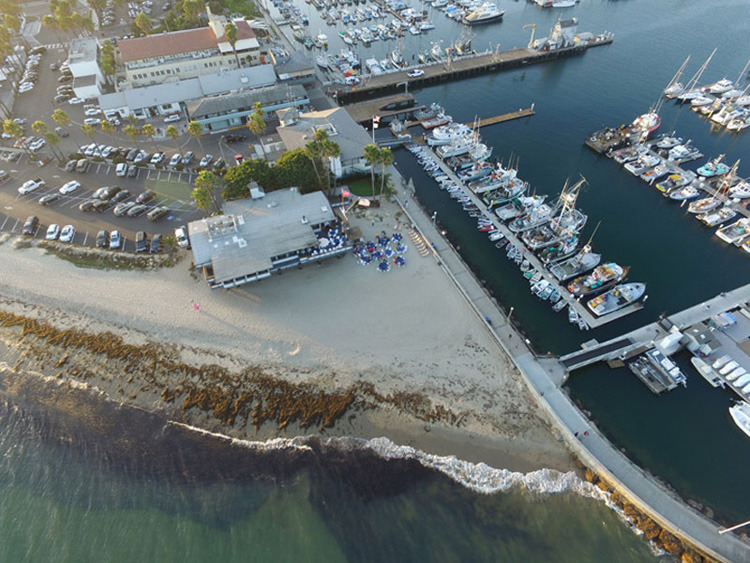
©2017Latitude 38 Media, LLC
As it stands now, and as expected, the number of paid entries for the SoCal Ta-Ta — 12 — is running well behind that of the Baja Ha-Ha — 104. That’s a good thing, since the Ta-Ta can only accept 40 entries due to berth limitations in Santa Barbara.
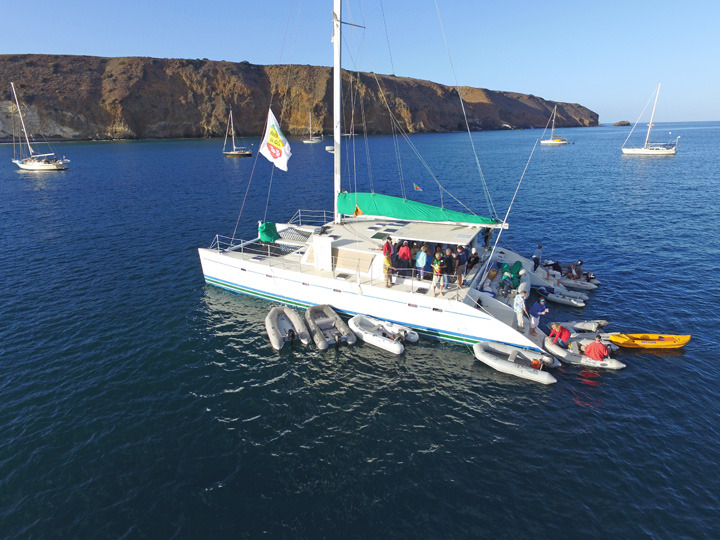
©2017Latitude 38 Media, LLC
The Ta-Ta, aka Reggae ‘Pon Da Ocean’, aka ‘Baja Ha-Ha Lite’, which runs from September 10 to 16, starts at Santa Barbara and finishes at Two Harbors, Catalina. It features stops at Santa Cruz Island for two nights, Channel Islands Harbor for one night, and Paradise Cove for one night.
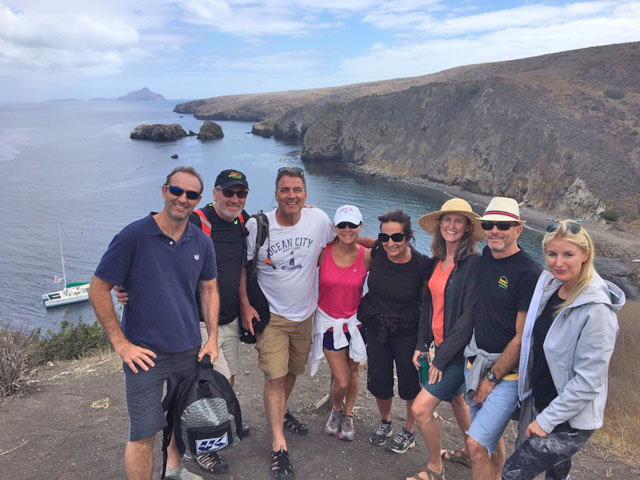
©2017Latitude 38 Media, LLC
The event starts with reserved berthing (not included in the entry fee) in Santa Barbara, a free dinner on the beach at the Santa Barbara Yacht Club and features free berthing for as many boats at possible in the Channel Islands Harbor for the free BBQ there, as well as the potluck BBQ at Buffalo Park at Two Harbors. All skippers and first mates will also be welcomed aboard the mothership, Profligate during one night of the event. There will be event burgees and other swag for all entrants.
©2017Latitude 38 Media, LLC
A lot of Northern California sailors mock the sailing conditions in Southern California, but the reality is that the wind can be excellent between Santa Barbara and Catalina. In all but one year, the tight reach from Santa Barbara to the east end of Santa Cruz Island has been a sweet sail. Because the Ta-Ta fleet leaves Santa Cruz Island for 16-mile-distant Channel Islands Harbor at 10 a.m., that’s usually a relatively light leg. Historically, the run from Channel Islands to Paradise Cove is breezy, although last year it was a light-air cooker.
©2017Latitude 38 Media, LLC
Some of the best sailing we’ve ever had in Southern California — indeed anywhere in the world — has been in the Ta-Ta on the 33-mile leg from Paradise Cove to Two Harbors. Time and again after a bit of a slow start we’ve had 15 to 17 knots of wind in relatively flat seas under bright sunshine. Those are sweet close reaching conditions — probably the best you can get.
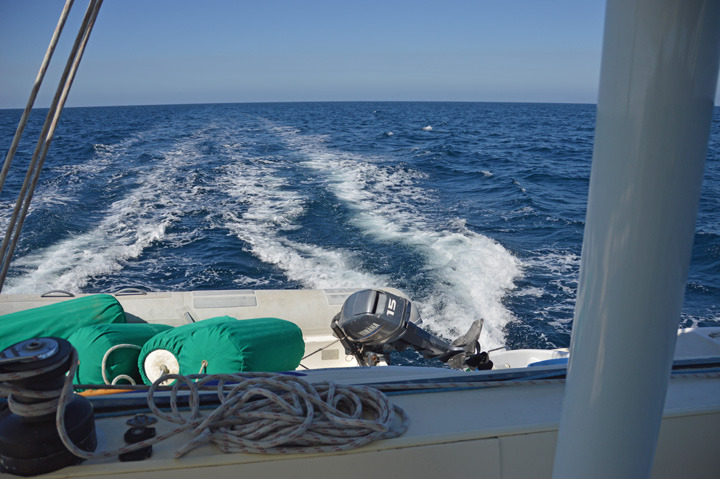
©2017Latitude 38 Media, LLC
The thing that tickles the Grand PooBob the most about the 12 Ta-Ta entries so far is that 75% of them have done the Ta-Ta before. That suggests that it’s a people-pleasing event. So we hope that you can join us this year. Entry details can be found at www.socaltata.com.
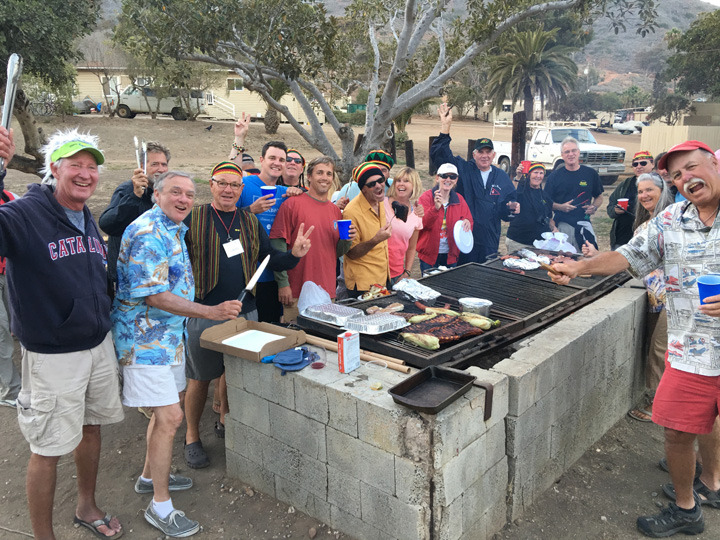
©Latitude 38 Media, LLC
We’ll have more on the October 29 to November 11 Baja Ha-Ha soon, but Dun Workin, Kenneth Roetzel’s Endeavour 40 from Charleston, South Carolina, recently became the 100th paid entry. Last year’s entries topped 180, so the Grand Poobah is expecting at least 150 entries this year. We can hardly wait, but the Ta-Ta first.
QM2 Wins, but May Have to Do 720
In one of the more bizarre races of the year, the Queen Mary 2 has beaten four maxi-trimarans in a race from France to New York. But the ninth-longest ship in the world may have earned a penalty in the process of racing against four approximately 100-ft trimarans in a 3,000-plus-mile sprint across the Atlantic in the one-off event known as "The Bridge," and one of the QM2’s competitors has suggested a ‘penalty’ commonly seen in small-boat sailing.
As of this morning, the QM2 had finished, while Macif was 17 miles from the finish, with Idec Sport 144 miles miles back, Sodebo Ultim at 195 miles and Actual 580 miles away from New York.
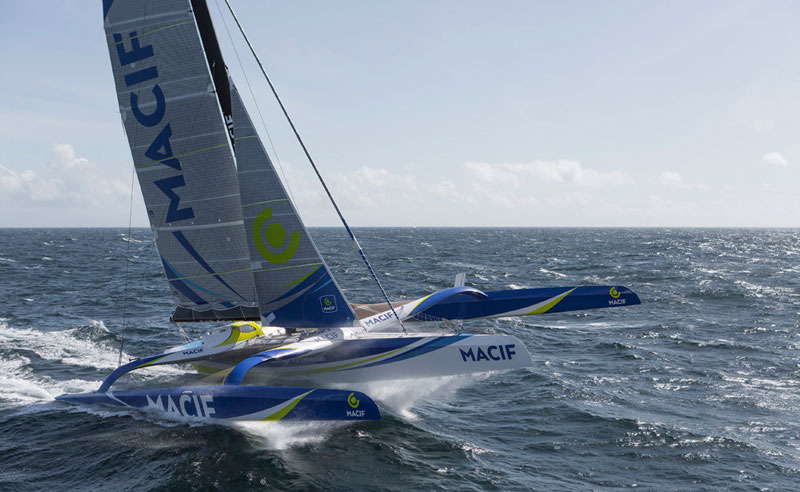
According to a Bridge press release, the QM2 took the shortest route by crossing into the ice exclusion zone (have we learned nothing from watching Titanic?), which may earn the ocean liner a penalty. "The International Jury will evaluate the deliberate action of this course [and the time saved by taking it]," wrote Guillaume Combescure, a member of the Macif team. There were rumors that the captain of the QM2 was cheekily being called a ‘pirate’ for his bold actions.
"After discussions on board Macif, we have a suggestion," Combescure continued. "We recognize the superiority of the Queen Mary 2 in this race, and wish that she is not too heavily penalized. As we learned in sailing school, we ask to the captain of the QM2 to make a 720. Yes, two rounds to show respect of our sport’s values — and also because we don’t find it very funny for a cargo ship to take this trajectory!" Apparently Combescure has seen Titanic.
"If her Majesty does the two rounds at the foot of the Statue of Liberty, our captain and her crew will dedicate her allegiance! Good night pirates!"
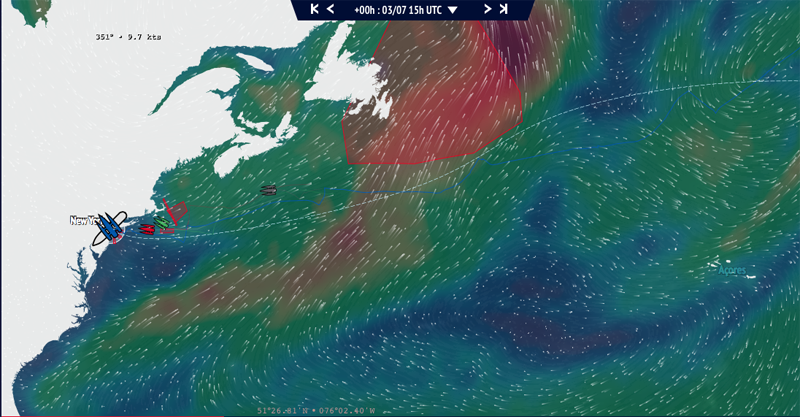
The Bridge is one of several events celebrating Franco-American solidarity, and marks the centennial of American troops landing on French shores to come to the aid of France during World War I. The four maxi-trimarans represent the the foundation of the ‘Collectif Ultime’ league — The Bridge is so named because the race is from the bridge at Saint-Nazaire, at the mouth of the Loire River, to the Verrazano Bridge in New York.
Ad: Westwind Boat Detailing
Readers Weigh in on Boater ID Law
In an April ‘Lectronic Latitude, we asked our readers to comment on a new Boater Identification law set to take effect in 2018, when California will begin to gradually roll out a requirement for certain motorized marine vessels — including sailboats with motors — to carry proof that they’ve taken a safety course.
On January 1 2018, Senate Bill 941 will require boaters aged 20 or younger to carry the official California Boater Education Card. Each subsequent new year, another age group will be added until 2025, when all persons (regardless of age) will be subject to the requirement.
"The California Boater Card will show that its holder has successfully taken and passed a state approved boater safety education examination," said the California Department of Parks and Recreation Division of Boating and Waterways (DBW), who will issue the cards for a fee of "approximately $10." Once issued, the cards are valid for life. Until the law takes effect in 2018, California is one of only a handful of states that does not require mandatory boater education.
Latitude waded into this debate in 2015, when SB 941 was first introduced by Governor Jerry Brown. One of our readers’ (and the Wanderer’s) primary concerns is that the new law does not sufficiently target those whom they see as the most dangerous boaters on the water: personal watercraft (PWC), and specifically rental PWCs. Under the law, renters will be exempt from carrying the Boater Card.
DBW told Latitude it is not involved with any specific training program with rental companies, and "has no governance on what type of safety training someone renting a personal watercraft must have before they can go out in the water," a spokesperson said, adding that DBW considers any person who does not have experience operating any type of recreational vessel a risk.
"This is why it is important for boaters to have some type of education," the spokesperson said. "DBW offers many resources to new and experienced boaters — for example, the division offers a complimentary personal watercraft education course and an entire chapter of our home study course deals solely with operation and safety issues associated with this type of vessel."
Citing the 2016 California Recreational Boating Accident Statistics, DBW said about 70,000 of the nearly 697,500 registered vessels in California were PWCs, or about 10% of the boating population. "There were 588 total causes of accidents in 2016, with 100 of them being by a PWC (approximately 17%)," a DBW spokesperson told us. "Forty of 145 ownership status of vessels involved in an accident were operated by a renter (approximately 28%)." Out of the 49 boating fatalities in 2016, six involved PWCs.
Here’s what some of our readers said with regard to the coming Boater ID law (these views do not necessarily reflect Latitude’s opinion or position. We’d like to thank everyone who wrote in — we were originally hoping to put these comments in the June issue, but, you know, show business):
"We do not need the government creating these kinds of regulations. I am against it," said Chris Cunningham, who is also concerned about rental PWCs. "The rental boat industry in Lake Tahoe, where I live, is where there’s a problem. But laws pertaining to instruction or training for people renting boats would doom the industry.
"I have owned many boats and to tell you the truth I have seen our local seasonal sheriff patrol boat perform dangerous boating moves. Very cocky attitudes. The government should [not implement] more regulations. It never stops once it begins and new fees and more regulation will occur."
Glenn Twitchell also worried about personal watercraft. "All this new law is about is the appearance of doing something while increasing the ranks of bureaucracy as well as expanding the nanny state. If they really wanted to cut down on boating accidents and fatalities they would not have exempted the renters of PWCs where the lion’s share of incidents take place."
Brian Richards summed up the burden of most regulations: "Well you and I don’t need it, but all those other guys sure do. PS: I may take the test anyway just to see how well I do."
Linda Newland explained that Washington is now on the other side of its implementation of a boater safety law: "In Washington State, the Boaters Education requirement has been fully implemented over an eight-year period. As a local US Power Squadron education officer during most of that period, I’ve been teaching the America’s Boating Course which — once passed — allows someone to apply for a lifetime card."
Sally Diane asked what took California so long to implement boater safety: "Way up north here in British Columbia, we have the Pleasure Craft Operator’s Certificate. It’s been in place for about five years now, and the Coast Guard checks boaters for the cert when doing their rounds."
Have more to say about the Boater ID? Please let us know.

